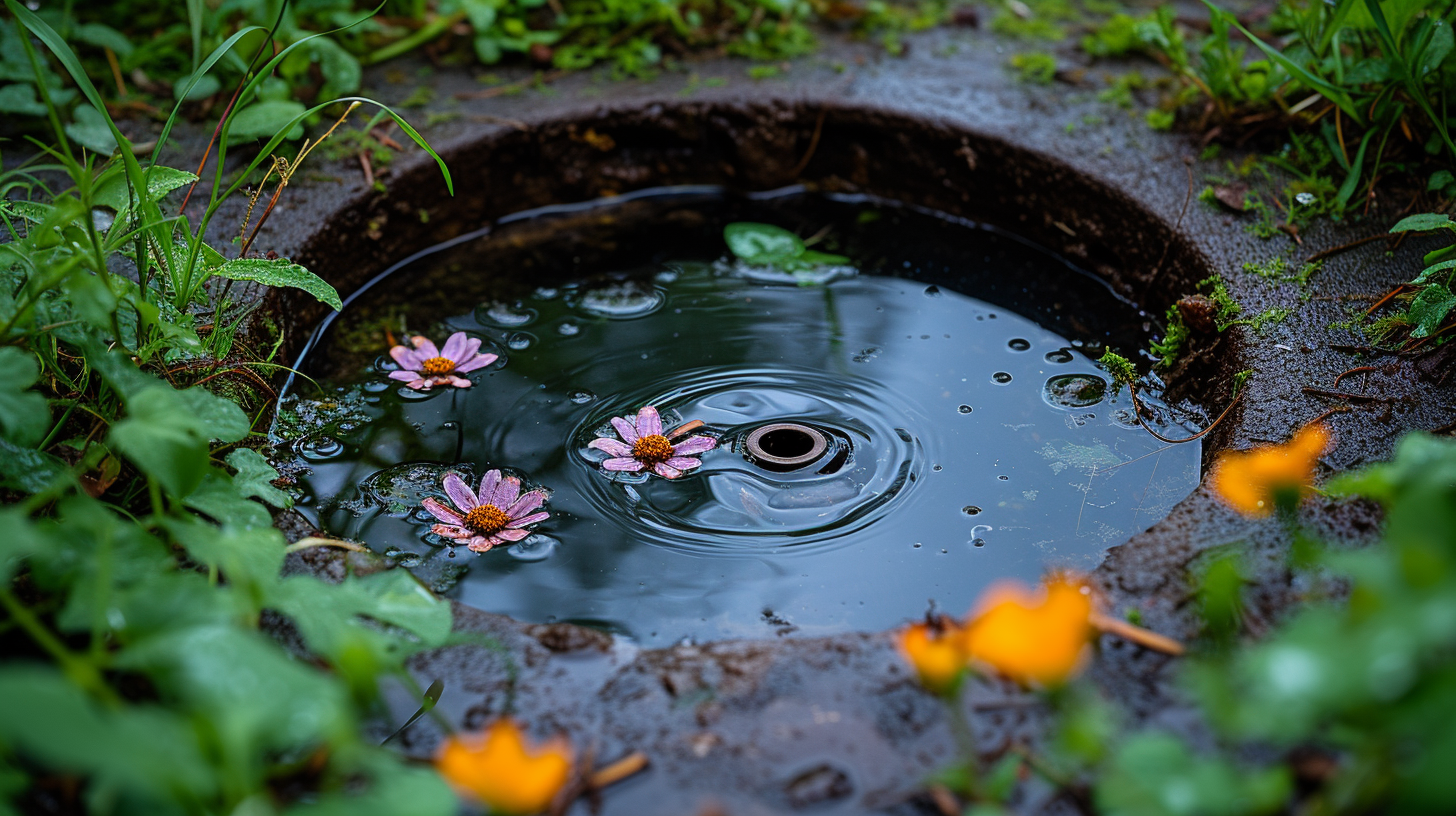Key points
• Regular Inspection and Pumping: It is crucial to have your septic tank inspected by professionals every 1-3 years and pumped every 3-5 years, depending on usage, to prevent system failure and maintain efficiency.
• Efficient Water Use: Reducing water waste by fixing leaks and using water-efficient fixtures helps prevent the septic system from becoming overloaded, thereby extending its lifespan and preventing malfunctions.
• Proper Waste Disposal: Avoid flushing non-biodegradable items, chemicals, or grease down the drain as they can disrupt the tank’s natural treatment process and lead to blockages or contamination of the surrounding environment.
Contents
- 1 Key points
- 2 Importance of Regular Maintenance
- 3 Overview of Septic System Components
- 4 Initial Installation vs. Maintenance Costs
- 5 Cost-Benefit Analysis of Regular Maintenance
- 6 Long-Term Savings Through Preventative Care
- 7 Understanding the Specific Needs of Aerobic Septic Systems
- 8 Maintaining an Aerobic Septic System: A Timely Schedule
- 9 Care for Your Aerobic System’s Components
- 10 Regular Inspection and Pumping
- 11 Protecting the Drain Field
- 12 Best Practices for System Longevity
- 13 Recommended Products for Maintenance
- 14 Products to Avoid
- 15 Comparative Analysis of Product Effectiveness
- 16 Everyday Tips for Homeowners
- 17 Seasonal Maintenance Recommendations
- 18 Troubleshooting Common Issues
- 19 Importance of Drain Field Care
- 20 Signs of Drain Field Problems
- 21 Preventative Measures for Drain Field Health
- 22 Frequently Asked Questions (FAQ)
Importance of Regular Maintenance
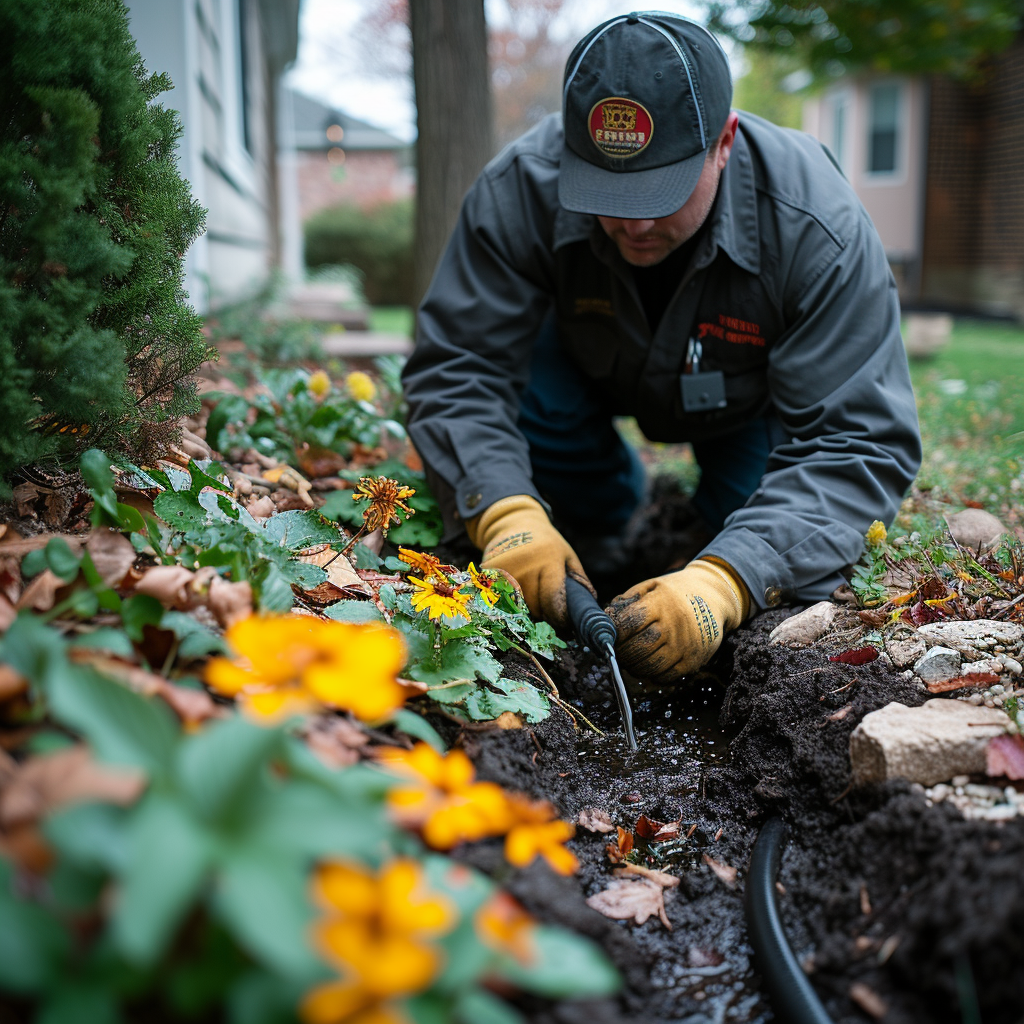
Regular up-keep isn’t just recommended; it’s vital for your septic system’s longevity and efficiency. Playing a proactive part in the health of your septic system keeps pesky problems at bay. Put simply, routine servicing ensures everything flows smoothly—reducing the risk of backups, extending its service life, and safeguarding groundwater quality. What’s more, it could save you a bundle down the line in potential repairs or replacements!
Overview of Septic System Components
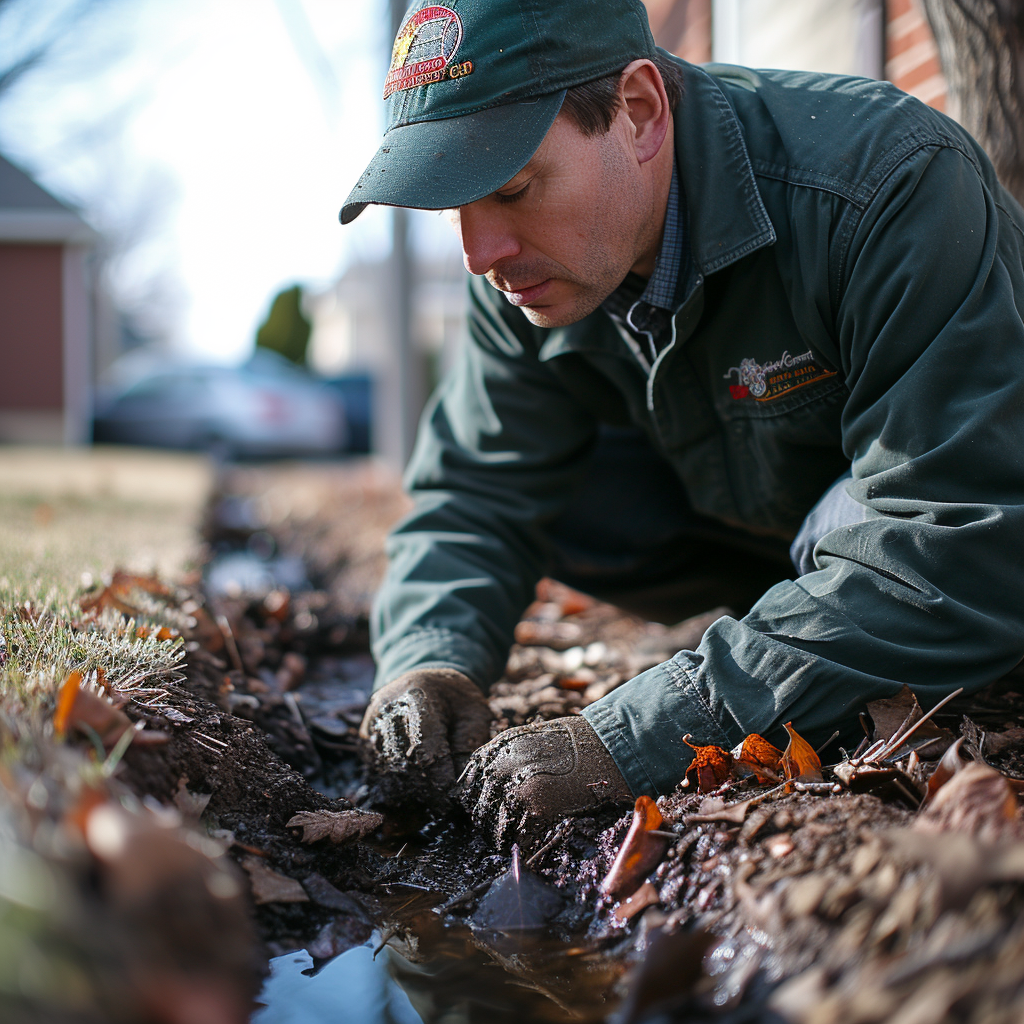
To truly get to grips with maintenance, having a handle on what makes your system tick isn’t just helpful—it’s critical. Your typical septic system comprises several interconnected parts working together to treat wastewater from your home effectively.
First up is the septic tank itself, which separates solids from liquids. Then you’ve got the drain field—also known as a leach field or absorption field—playing a pivotal role in filtering and dispersing liquid waste back into the soil.
And let’s not forget the ventilation system that allows gases to escape safely. Not to mention additional components such as pumps or alarms for more complex set-ups. Keeping all these parts in tip-top shape through regular inspections and pumping is quite possibly one of the shrewdest moves a homeowner could make.
Remember that every home has its own unique needs, so while some people might only need to give their system attention every few years, others could require more frequent check-ins. Either way, knowing what you’re dealing with makes staying on top of maintenance far less daunting.
Maintaining a healthy septic system is pretty much like keeping a car in tip-top shape — it’s all about regular care and catching issues before they become real headaches. So let’s dive right into the nitty-gritty of what makes these systems tick.
The Function of Septic Tanks
A typical septic tank acts as a solitary waste processing station for your home. Everything you send down the drains ends up here. Once there, solids sink to the bottom — forming sludge — while oils and grease float to the top, creating scum. In between these layers lurks partially cleared wastewater, which moves on like a quiet stream towards the drain field.
The Role of the Drain Field
The drain field’s job isn’t too glamorous, but it’s vital nonetheless. Dispersing treated water back into mother nature takes precision and care. Picture water flowing out through pipes, trickling through gravel, and finally getting purified by soil microbes — it’s quite the underground operation! Essentially, this is where any remaining impurities bid farewell, ensuring groundwater doesn’t get contaminated.
Types of Septic Systems: Anaerobic vs. Aerobic
Now don’t be fooled by their similar names; anaerobic and aerobic systems are different beasts entirely.
– Anaerobic systems are the old-school types that don’t need oxygen to break stuff down — they rely on bacteria that think breathing air is overrated.
– On the flip side, aerobic systems are like modern gym enthusiasts; they thrive on oxygen to turn waste into a less offensive form more rapidly.
Both have their place, yet it’s not just about preference; soil conditions and space can dictate which one fits your home best.
We’ve taken a closer look at septic systems now — from how they function to their varying types. Just keep in mind maintaining them requires a little knowledge, some regular check-ups, and acting swiftly at signs of trouble. With that approach, you’ll ensure your system remains an unseen but essential part of your home infrastructure for years to come.
Initial Installation vs. Maintenance Costs
When you’re looking at the financial implications of a septic tank, it’s vital to consider the upfront installation costs versus the ongoing maintenance expenses.
To start, installation doesn’t come cheap; you could be forking over anywhere from a few thousand dollars to well over $10,000 depending on the system’s complexity and your area’s geographical factors. This initial investment ensures your property is equipped with a fully functioning waste management solution. But hey, that’s only the beginning.
Once installed, regular upkeep steps into the picture, which thankfully isn’t as heavy on the wallet. You’re looking at somewhere between $100 to $300 annually for a check-up and pumping every 3-5 years might set you back about $250 to $500—not exactly pocket change but certainly not as steep as the initial outlay.
Cost-Benefit Analysis of Regular Maintenance

Now, let’s talk about weighing the pros and cons of consistent maintenance financially speaking—it’s basically a no-brainer. Skimping on routine checks and cleaning can lead to a catastrophic system failure, which is definitely not a hit your bank account wants to take.
Preventative care may seem like a bit of an annoyance expense-wise, but regular servicing can help you dodge those hefty repair or replacement bills that can skyrocket all too easily.
Long-Term Savings Through Preventative Care
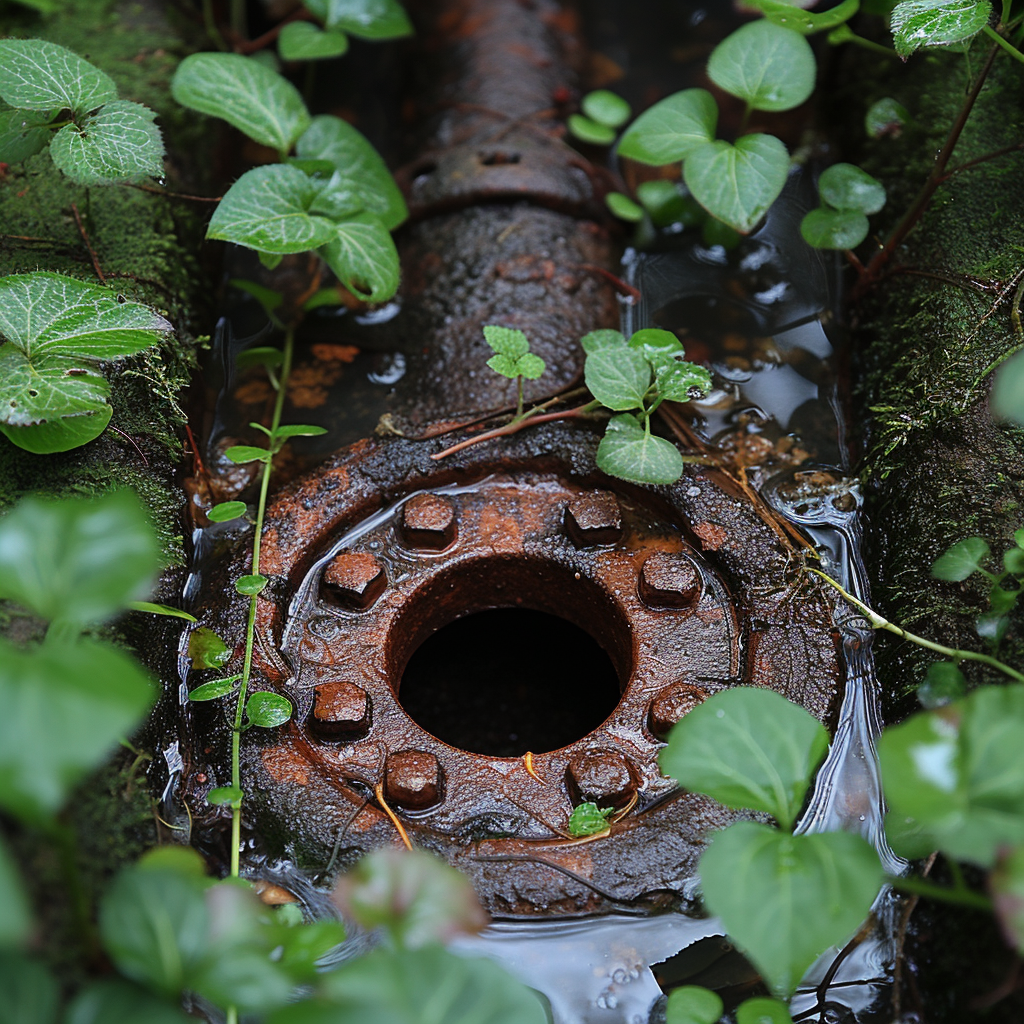
Investing in preventative care offers long-term savings that are nothing to scoff at. For starters, maintaining the good health of your septic system extends its lifespan—meaning you won’t have to shell out thousands for a new one anytime soon. We’re talking potential savings of big bucks there! Think of it kinda like regular oil changes for your car; tiny bit costly in the short term, but they keep engine trouble (and massive repair bills) at bay in the long run.
Moreover, regular servicing can help identify issues while they’re just little hiccups rather than full-blown disasters. Catching things early often translates to far lower repair costs—and fewer headaches for you. So, while it might sting a tad to pay for maintenance now, your future self (and wallet!) will give you a pat on the back.
Understanding the Specific Needs of Aerobic Septic Systems
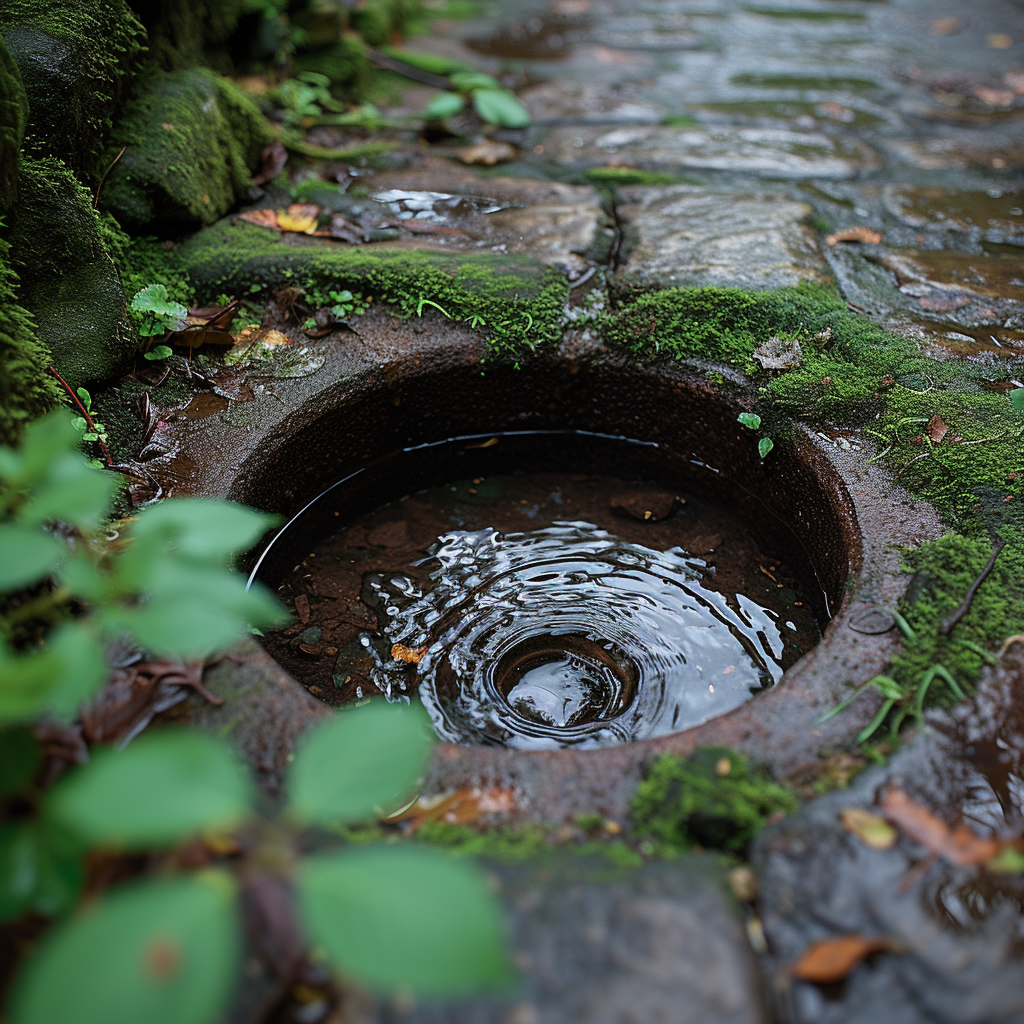
Aerobic septic tanks, unlike their anaerobic cousins, rely on oxygen-loving bacteria to break down waste. This oxygen-rich environment speeds up the decomposition process and treats wastewater to a higher degree.
Consequently, they demand special care, calling for more involvement than traditional systems. It’s essential to acknowledge that aerobic systems consist of mechanical components that are sensitive to what goes down the drain.
Flushing anything aside from human waste and toilet paper can spell trouble, potentially causing damage or inefficiency in the system.
Maintaining an Aerobic Septic System: A Timely Schedule
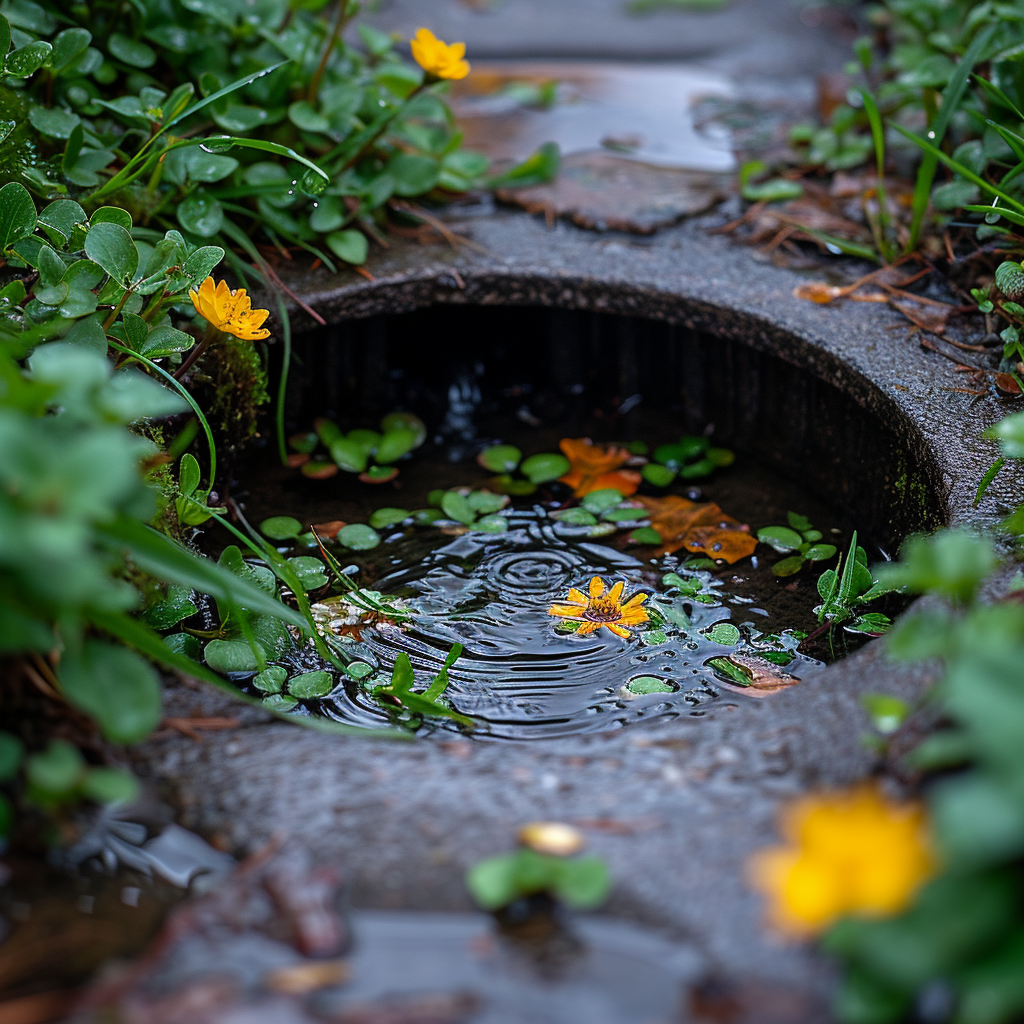
Regular upkeep is crucial for an aerobic system’s longevity and performance. Homeowners should carry out inspections several times annually, with professional servicing recommended at least once every year.
These check-ups often involve evaluating pumps, alarms, and other key mechanisms for proper operation.
Additionally, routine tasks such as sludge removal from the tank should be on your radar – typically every 3-5 years, but this can vary depending on household size and usage patterns. Neglecting these maintenance steps can be costly.
Care for Your Aerobic System’s Components
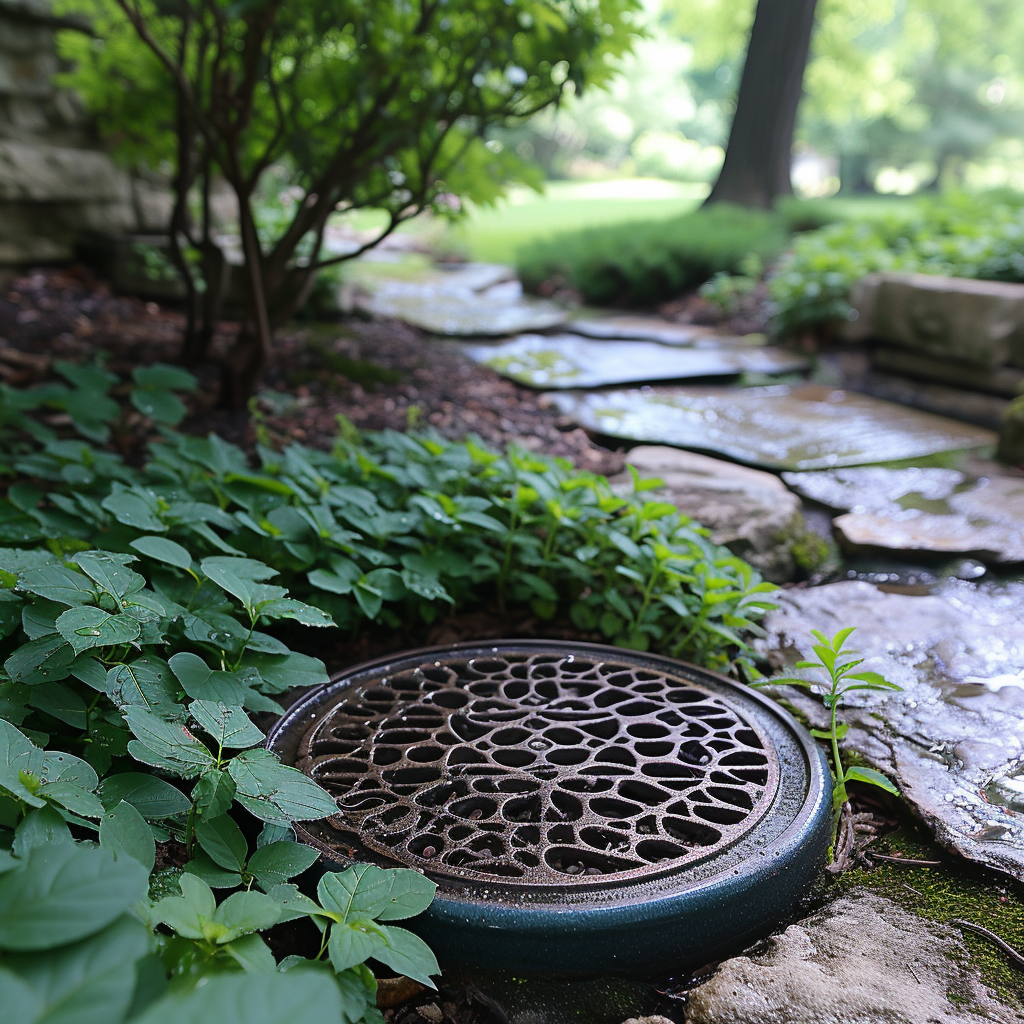
The delicate mechanics of an aerobic septic system call for nuanced attention. Its main parts to focus on include:
- The pump – being heart of the set-up demands consistent checks to ensure it’s pumping oxygen effectively into the treatment area.
- Aeration devices – require scrutiny to confirm they’re supplying enough air to support those beneficial microorganisms.
- Spray heads or sprinklers, if present – must be routinely inspected and cleaned to distribute treated effluent properly.
It’s also vital not to lose sight of the electrical components—alarms and control boxes—that need testing for functionality; otherwise, you might be caught off guard by a silent failure.
All in all, don’t cut corners when it comes to maintenance – a little effort goes a long way in ensuring your aerobic septic tank doesn’t give you any stinky surprises!
Regular Inspection and Pumping

It’s vital to check your tank regularly. Think of it like a dental check-up – doing it often prevents major issues down the line. Most septic tanks need a good pump-out every 3 to 5 years, but this can vary.
Factors such as the number of inhabitants, the size of the tank, and usage patterns all play a part. Consulting with pros who can accurately gauge your system’s nuances.
Protecting the Drain Field

Your drain field is like your septic system’s sidekick; it needs its own form of TLC to keep things flowing smoothly. Steer clear of parking or driving over it since compacted soil is a big no-no for drainage.
Planting trees nearby? Not too close, my friend – those roots can wreak havoc on your pipes. Keep the drain field high and dry except for what comes from the septic system itself; think of extra water as an unwanted guest at this underground party.
Best Practices for System Longevity

Alright, let’s break it down – here’s how to make sure your septic system isn’t just a flash in the pan:
- Hold Back on the Chemicals: Treat your septic system like you would a delicate wash – go easy on those harsh detergents and chemical cleaners.
- Gentle Flushing: Only human waste and toilet paper should take the plunge down your toilet.
- Check Those Faucets: A dripping faucet might not set off alarm bells, but fix it up – every drop counts when you’re avoiding an overflow.
- The Kitchen Sink Treaty: Keep grease, food scraps, and coffee grounds outta there! They’re better off in compost or trash.
Taking these steps won’t just potentially save you from a yard full of yuck—it’ll also give your wallet a break from costly repairs.
Recommended Products for Maintenance
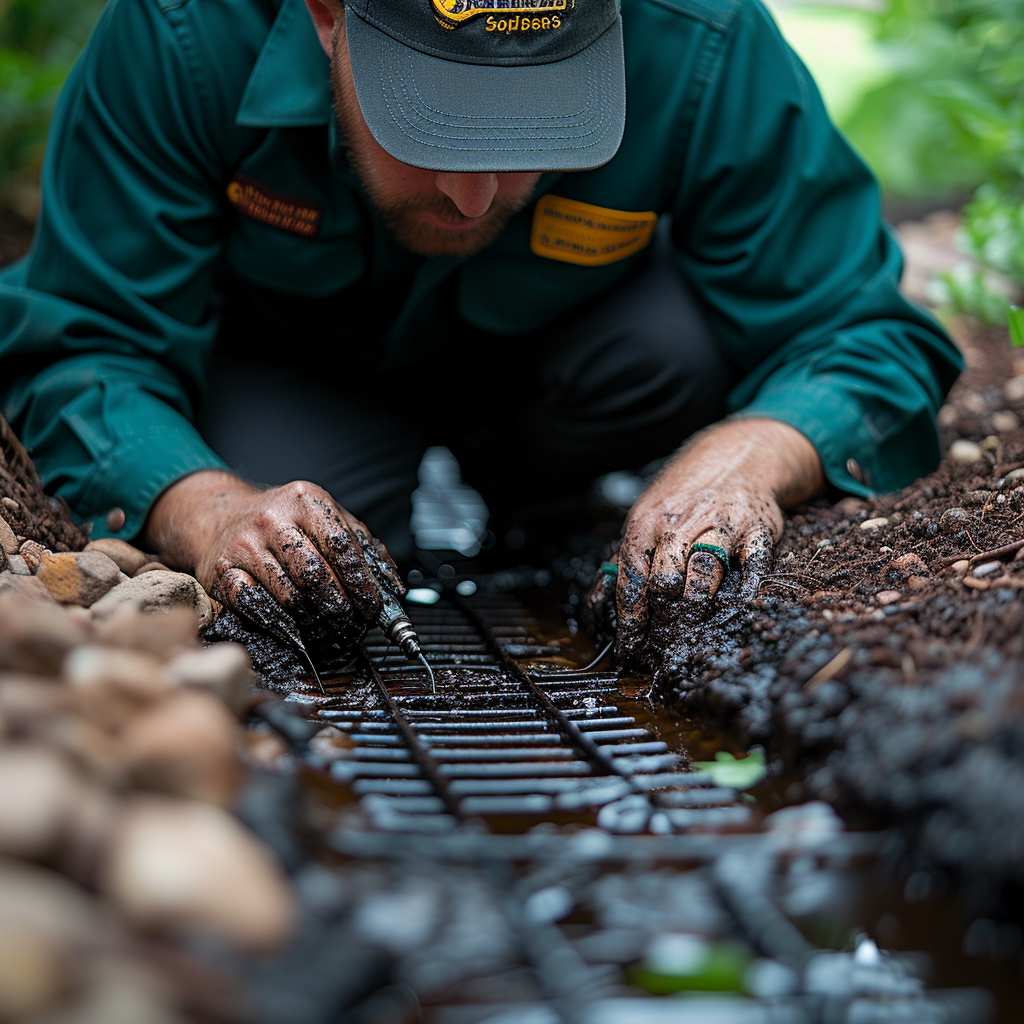
Maintaining a septic system is critical. To keep your system functioning smoothly, it’s crucial to pick the right products that won’t muck up the works.
Septic-friendly cleaners should be on your shopping list because they boast biodegradable properties and lack harsh chemicals that can disrupt the natural decomposition process.
For starters, bacterial additives are your septic system’s best pals. These helpful microorganisms give the system’s biology a little boost, which keeps everything breaking down as it should. Think of them like probiotics for your septic tank!
Environmentally safe soaps and laundry detergents play nicely with septic systems too. Look out for products labeled “septic-safe”—they’re designed to degrade quickly without leaving any harmful residues behind.
Products to Avoid
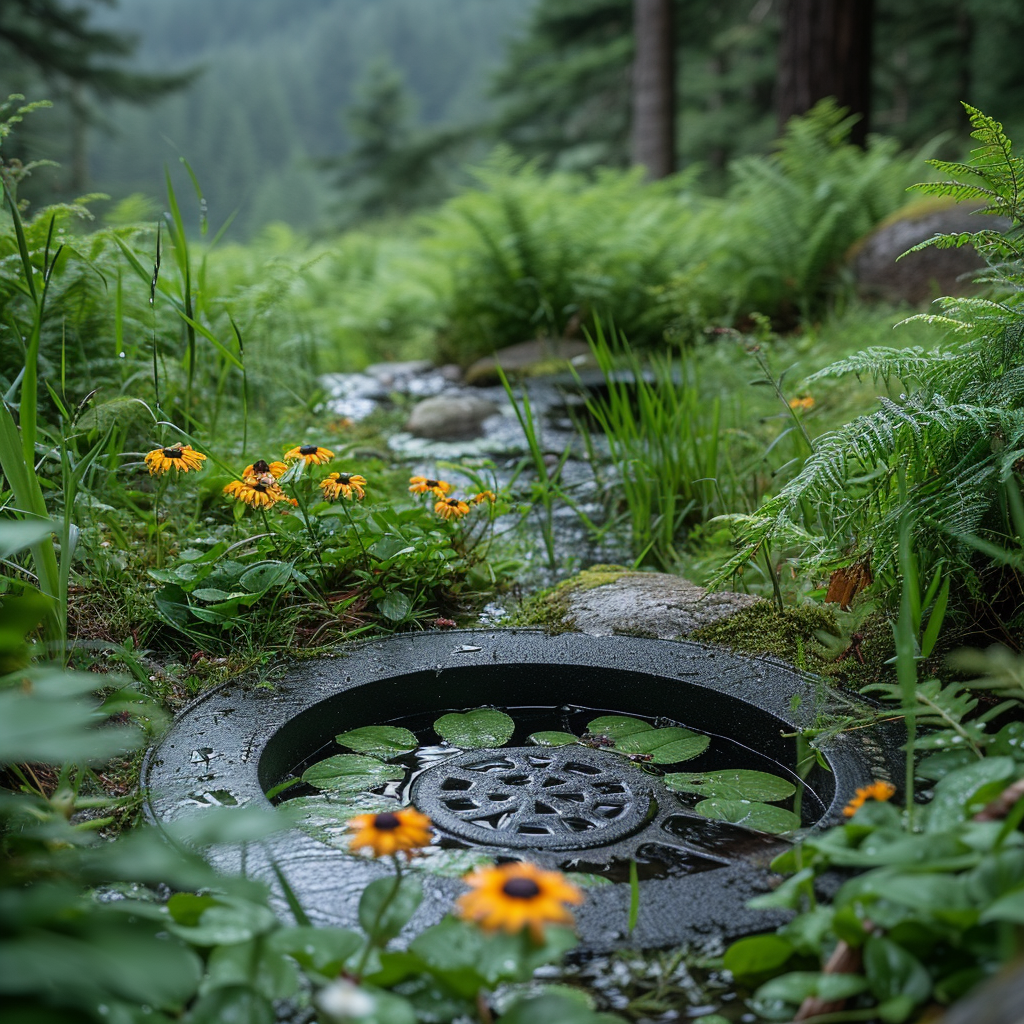
It’s just as important to know what shouldn’t go down the drain as it is to know what should. Steer clear of chemical drain cleaners; they’re notorious for wreaking havoc on the microbial balance inside your tank. This could lead to a slower breakdown of waste or damage your system over time.
Avoid antibacterial soaps and bleach-heavy products where possible; these can be real party-poopers for the essential bacteria in your tank. And here’s an insider tip: nix heavy-duty cleaners and solvents—they do more harm than good. Watch out, too, for paint, oil, or grease—they should never take the plunge into your septic system.
Comparative Analysis of Product Effectiveness

When comparing septic maintenance products, effectiveness isn’t just a nice-to-have—it’s non-negotiable! But going head-to-head, bacterial additives usually come out on top due to their role in supporting and enhancing natural waste degradation processes.
However, there’s no one-size-fits-all answer here; effectiveness can hinge on factors specific to your system, such as size and usage patterns—as different strokes work for different folks! Regularly using septic-safe soaps and detergents contributes greatly towards preventing system issues before they crop up.
But remember—not all products labeled “septic-safe” are created equal. While you can come across various brands making this claim, some might still pack ingredients that put more strain on your system than necessary. Always check labels meticulously and opt for those with transparent environmental claims backed by credible organizations or certifications—a bit of homework can spare you loads of trouble down the line.
To sum things up: keeping an eye out for genuine, septic-friendly products will help ensure your tank’s longevity without flushing its health down the toilet. And though trial and error may be part of the process, learning what works best for maintaining equilibrium in your unique setup is definitely worth the effort.
Everyday Tips for Homeowners
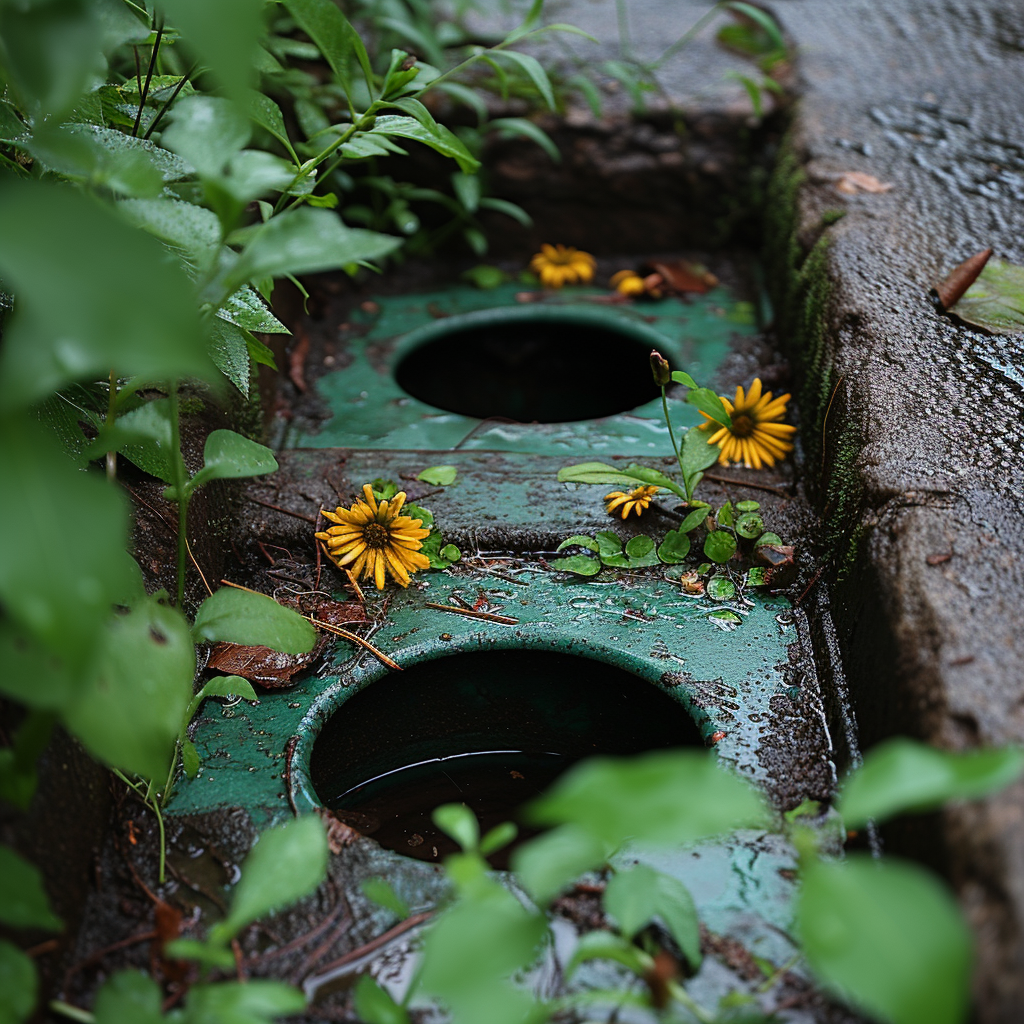
Managing your home’s septic system isn’t rocket science – with a few simple daily practices, you can significantly cut down on potential problems. It’s all about what you put down the drain. Stick to human waste and toilet paper; everything else needs to be trashed.
Hazardous to your septic system are grease, oil, coffee grounds, and sanitary products which could lead to a nasty blockage. Similarly, household chemicals like bleach can also disrupt the bacterial balance in the tank crucial for waste decomposition.
Remember that septic tanks have their limits – they’re not garbage disposals! Invest in some sink strainers to catch solids and keep them from heading down the pipes. Minimizing water use goes a long way too; repairing leaky faucets promptly and opting for efficient fixtures reduces the water burden on your septic system.
Seasonal Maintenance Recommendations
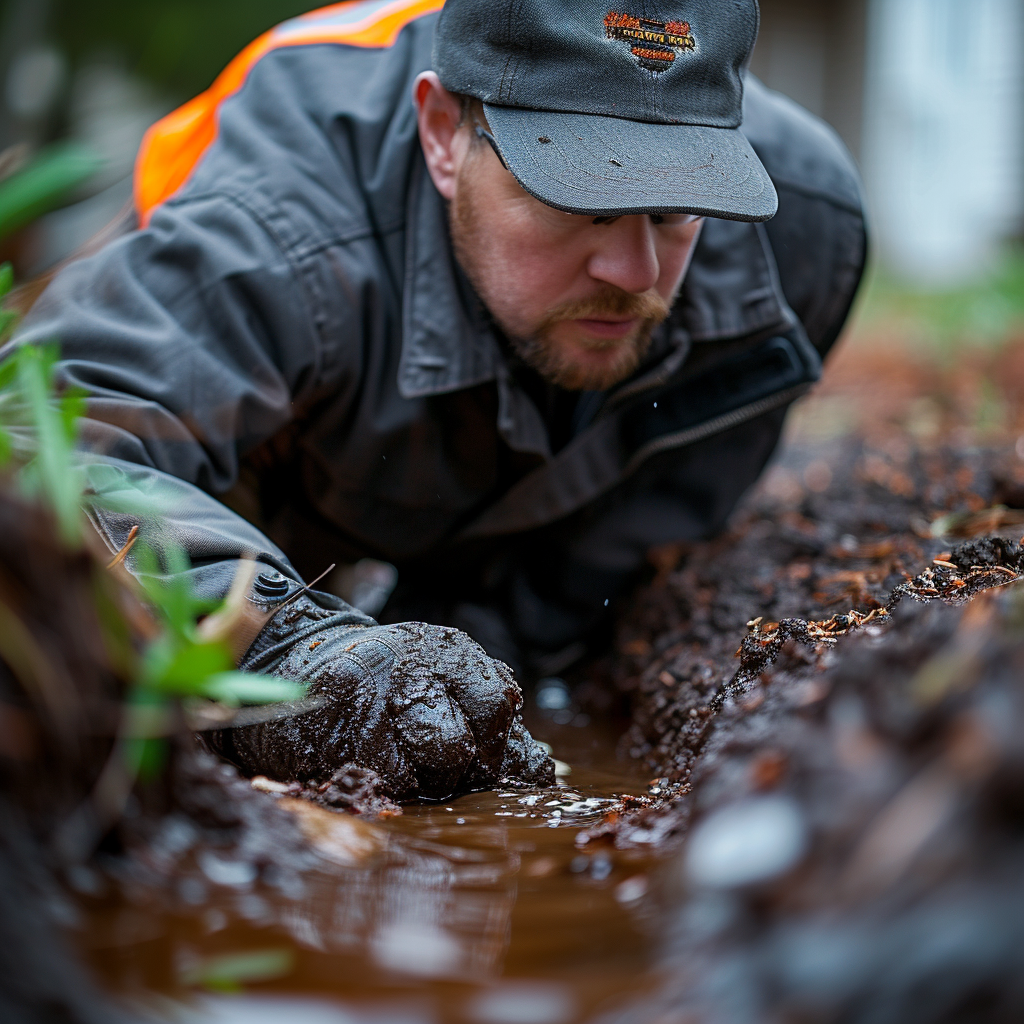
As the seasons turn, so should your attention to maintaining your septic system. In springtime, make sure to inspect and clean out your drain field area – standing water is a no-go if you want things running smoothly downstairs. During summer months, maintain vegetation around the drain field; however, deep-rooted plants should take root elsewhere since they could damage the pipes.
With fall comes the need to prepare for colder times. Double-check that all vents and pipes are guardian against freezing temperatures – insulation sleeves can be real lifesavers here. And when winter blankets your landscape in snow, be mindful where you’re shoveling that snow- piles on top of the tank or drain field could lead to frozen components.
Troubleshooting Common Issues
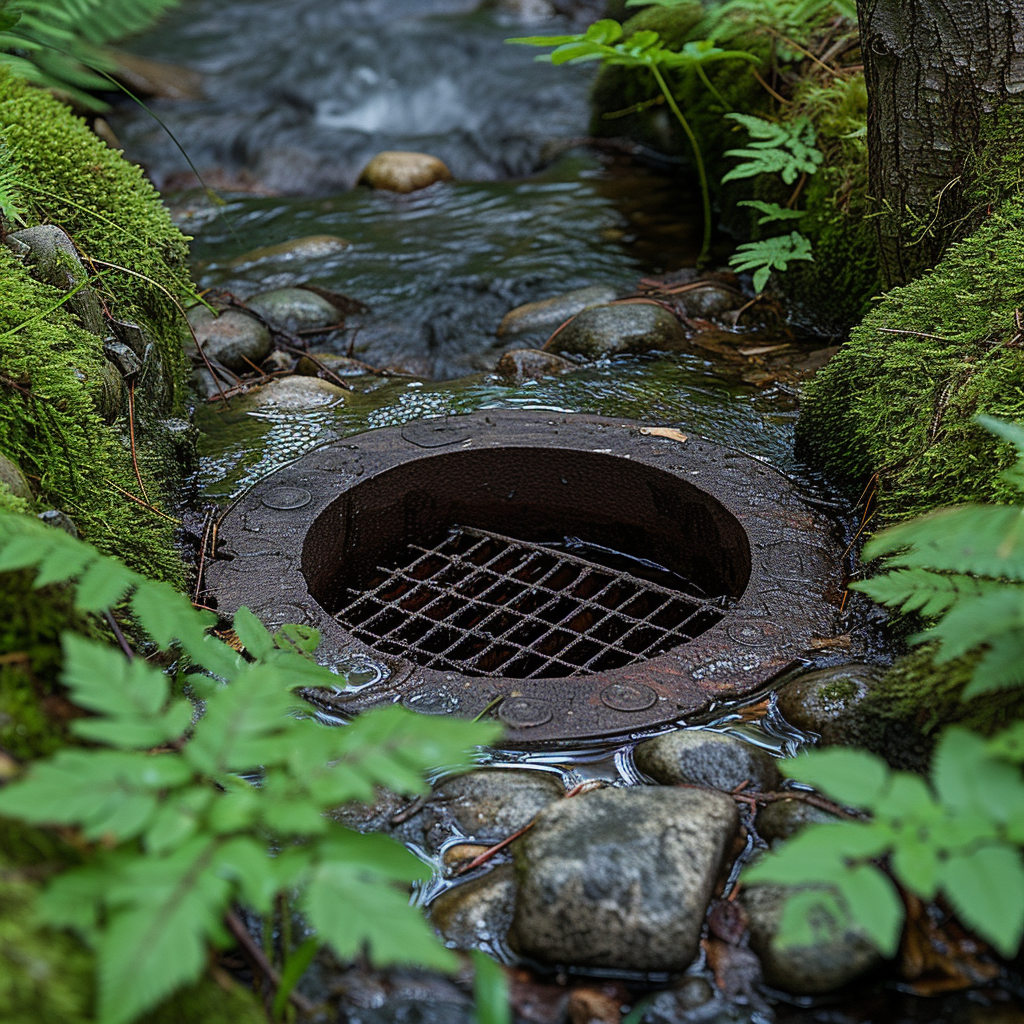
So, what if trouble starts brewing despite your best efforts? Here’re some clues: slow drains or backups inside might point towards a tank that needs emptying or a clog waiting for clearance. Don’t forget that unpleasant odors or soggy ground near the septic area raise red flags as welll.
Should any of these issues pop up, don’t go DIY-hero mode – professional help’s typically needed lest you make matters worse. Regular inspections by pros are part of savvy maintenance anyway, because they can catch problems early while they’re still easy (and cheaper!) to fix.
Overall, a stitch in time saves nine – making sure your septic system’s health doesn’t end up down the drain requires just a bit of forethought nd consistent care daily and throughout the year.
Importance of Drain Field Care

Maintaining a healthy drain field isn’t just another chore to check off your list—it’s quite possibly the MVP of your septic system’s overall performance. You see, the drain field is where the rubber meets the road, or rather, where the treated wastewater re-enters the environment.
Neglecting it could lead down a slippery slope to backups and costly repairs. It’s plain as day that proper care prevents problems and saves you cold, hard cash in the long run.
Signs of Drain Field Problems

Now don’t go thinking your drain field will soldier on without complaint—there are tell-tale signs if things go haywire. If you notice soggy turf or lush green grass over the field, especially during dry spells—your eyebrows should raise just a tad.
Unpleasant odors playing tag around your yard? Red flag. Plumbing backups? Well, that’s about as subtle as a freight train. And let’s not ignore mysteriously slow drains—they’re whispering tales of trouble beneath the surface.
Preventative Measures for Drain Field Health
To keep your drain field shipshape, some foresight and proactive measures are worth their weight in gold. A little mindfulness goes miles; avoid parking cars or piling heavy objects atop it—compaction is a real party pooper for those underlying layers we’re counting on. Gotta make sure those tree roots keep their distance too—nature’s straws can suck a system dry and wreak havoc.
But to top it all off—and do pardon my French here—be choosy about what goes down the loo and sinks. Some combos spell disaster for septic systems: fats, oils, grease, non-biodegradables? Yeah, let’s not and say we did.
Regular inspections and pumpings are also part, they’re sorta like health check-ups but for your backyard buddy! Careful landscaping doesn’t hurt either; go for shallow-rooted plants that are less likely to mess with underground components.
Keep in mind, even the best-laid plans can hit snags. So if you catch wind of problems despite these tips, reaching out to a professional sooner than later is key—it’s like catching a cold and nipping it in the bud before it turns into full-blown pneumonia for your drain field.
Differences Between Holding Tanks and Septic Tanks
When it comes to managing waste in areas lacking central sewage systems, holding tanks and septic tanks are two peas in a pod—but they’re not twins! Think of septic tanks as the more independent sibling; they not only store wastewater but also treat it through a process that relies on bacteria breaking down solids.
On the flip side, holding tanks are like having a storage unit for waste—they hold onto it until it’s pumped out and taken to a treatment facility.
Frequently Asked Questions (FAQ)
Can the technology of septic systems impact the frequency of maintenance tasks?
Certainly, advances in technology pertaining to household septic systems can influence how often maintenance tasks are necessary. Modern systems may have components designed to reduce waste accumulation or improve efficiency, which can alter the schedule for routine servicing.
What roles do factors like water use and household size play in septic tanks' upkeep?
Key factors such as household water use and the number of residents directly impact the amount of wastewater generated and thus affect the frequency of septic tank system maintenance. Larger families or higher water use can increase stress on the system, necessitating more frequent upkeep.
Does having a service contract with a professional offer any advantages for my drainage system's longevity?
Yes indeed, obtaining a service contract with a qualified technician offers peace of mind and can significantly extend your drainage system’s life by ensuring regular inspection, prompt identification of leaks or clogs, and timely execution of essential repairs.
Are there any distinctive maintenance tasks for community cluster systems compared to single-household septic systems?
Absolutely; community cluster systems, serving multiple homes, entail a unique set of maintenance tasks that typically include managing larger volumes of wastewater and coordinating upkeep across several households in accordance with government regulations.
How much can regulsr inspection and pumping contribute to preventing sewage backups into my home?
Regular inspection and pumping are crucial—experts agree that they can prevent up to 25% of potential backups by removing sludge and scum layers before they reach levels high enough to cause significant plumbing issues within your home.
Is there an easy way to detect drainage problems in my leach field before they become serious?
It’s wise to keep an eye out for warning signs: unusually lush grass or standing water in the drainfield area can serve as a red flag. If you notice these symptoms, it’s time to call in a technician for an assessment.
Can certain types of toilet cleaners impair my home's wastewater system function?
Indeed, some chemical cleaners contain harsh substances that could disrupt the bacterial balance essential for processing waste. Opting for biodegradable products is a smarter move for maintaining your home’s wastewater system health.
What's the idea behind using float switches in septic tank systems?
Float switches are ingenious devices within pump tanks that activate pumps or sound alarms when wastewater reaches a specific level—a clever approach to averting potential overflows in your septic tank system.
How does keeping vehicles off the drainfield area protect my septic system's components?
Steering clear of driving or parking vehicles over the drainfield protects it from compaction which could hinder soil absorption—a key process in your system. This simple precaution safeguards against costly damage to pipes and other elements beneath the surface.
Where can I find reliable information about maintaining my household septic system in accordance with local regulations?
For trustworthy guidance tailored to United States regulations, you should consult official sources like the Environmental Protection Agency (EPA) website. They provide ample resources including guidelines, data rates, privacy policies, plus answers to questions about permits and standards specific to your area.

I’m Tim Robberts, a seasoned wastewater treatment & septic system expert with over 40 years of experience in the field. My career began as a septic tank installer, and I quickly gained a reputation for my attention to detail and commitment to excellence. Over the years, I’ve honed my skills in designing, installing, and maintaining septic systems for residential and commercial properties.
